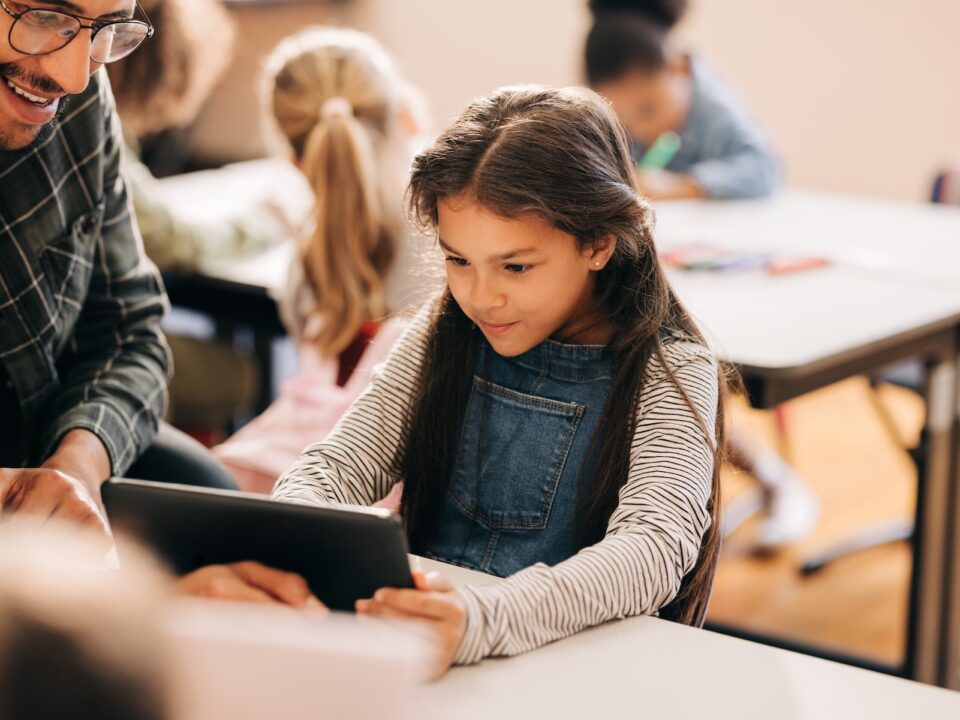- Sales & Support
- +61 2 4225 9698
- [email protected]

The Making of an Accelerated Reader Quiz
November 3, 2020
Strategies for Extending Students in the Classroom
November 17, 2020Start Planning – Build a Strong Community of Readers in 2021!

Ah Term 4, after the year we’ve had it’s comforting to know that we’re on the home stretch. Students, schools and staff have experienced a year in education like no other. The disruptions to class time, transitions to and from remote learning and the strain on student and staff wellbeing has perhaps meant that social, emotional and intellectual development has suffered at times. With the worst seemingly behind us, restrictions easing, and students welcomed back to classrooms, it’s a great opportunity to look at planning ahead for 2021 and consider what your school’s literacy strategy looks like. Will there be a need for extra interventions? Will we be able to bridge the gaps that may have developed? How can we look after our students’ wellbeing as well as their academic progression? Let’s take a look at some strategies that might help answer these questions!
It’s important to consider a whole school literacy strategy. High levels of literacy open doors. It is the entry point to every child’s brighter future and the key to every community’s future development. Literacy rates—largely stagnant in recent years for a myriad of reasons—impact students, families, schools, and entire communities. So what can you do to achieve greater literacy growth in your school or community?
Although parental involvement can improve a child’s success, parents are just one part of the larger community. When it comes to increasing literacy rates, there is power in partnerships. A community reading model provides support to engage students and their families in literacy-rich environments.
Schools can look to engage with local libraries, businesses, local councils for a range of activities and engagement that will open students to new experiences and assist in achieving literacy growth.
Consider the resources at the school first. Can we allocate more funds to the purchase of more library books, or facilitate a program like Accelerated Reader to engage students in a new way? Look for opportunities with community partners and sponsors that can assist in raising the profile of reading programs and incentives, create reading champions to focus a wider attention on literacy. Consider how you will set goals, provide equity and access for all students, and share responsibility for literacy growth.
You can imagine the difference it would make to strive for consistent and substantial reading growth as a larger community – share the responsibility across the school and home, and any other stakeholders that could be welcomed in to participate. An effective model can save time and resources, extending the effectiveness of reading practice by adding individuals and groups to help students and families access books and learn to use digital technology.
Effective literacy growth comes from a strongly developed strategy with the right people implementing the plan! Establish a school literacy leadership team, defining the roles and responsibilities of the individuals:
- Supportive school administrator/principal
- Key school leaders or head teachers to help drive strategy and implementation (curriculum director, Head Teacher Literacy/Teaching and Learning, Stage Leaders etc.
- Dedicated innovation team with tech team members, champion teachers and librarians
Consider any community partnerships that could enrich your students’ reading and literacy experiences. Staff will be available to provide support and opportunities for students and families to read within and beyond their classrooms and schools. Engage families with young children from birth to school age in reading groups and activities at the school.
Always look outside the school for opportunities too. Often community organisations and local leaders will want to help schools create opportunities to involve students and families in literacy. Often, they simply don’t know how to get involved. Invite them to the table, and then sit down and strive for everyone to agree on a shared goal for literacy growth.
School leaders often begin forming partnerships by approaching organizations that already have a mission to support children and teens. Examples include Rotary Clubs, Local Governments and Councils, City/Council Libraries and organisations in the local area. Ongoing communication with partners will strengthen the relationships and foster growth in students, families, and the overall community effort.
What kinds of resources will students need? It’s important to be as equitable as possible and provide opportunities to read both print and digital books. An effective community model often includes a personalised literacy initiative that enables young readers and families to read both print and digital texts outside the classroom and school. Your personalised literacy initiative might involve:
- Seeking out platforms that will provide equitable access to digital books as well as print books.
- Wide access to both fiction and non-fiction texts
- Enabling students to sharpen digital literacy skills through purposeful activities
- Engaging families with information about how to cultivate a culture of reading at home
Schools with a limited budget or bandwidth can offer digital libraries that students can access on devices at home like myON. Providing an opportunity for students to read at home, on the bus, or in any location they visit can provide the literary foundation that all students need to achieve growth.
Finally, build internal capacities through learning opportunities and professional development. When recruiting partners for a collaborative effort, you’ll want to support and guide them to build local capacities, to launch and manage the most effective program and to meet goals. A successful program plan includes well-designed professional development for all stakeholders to help them understand and execute the vison.
This can vary depending on the stakeholder. For teachers, librarians, training to support and align to best practices, for families to provide them research-based strategies to read with their children and for school executive to access available data for program management and accountability.
We all know it’s an incredibly busy time of year, but it’s also the best time to start looking ahead to 2021, planning your strategy for literacy development and growth and start implementing the changes that will lead to greater outcomes for students in the future!



